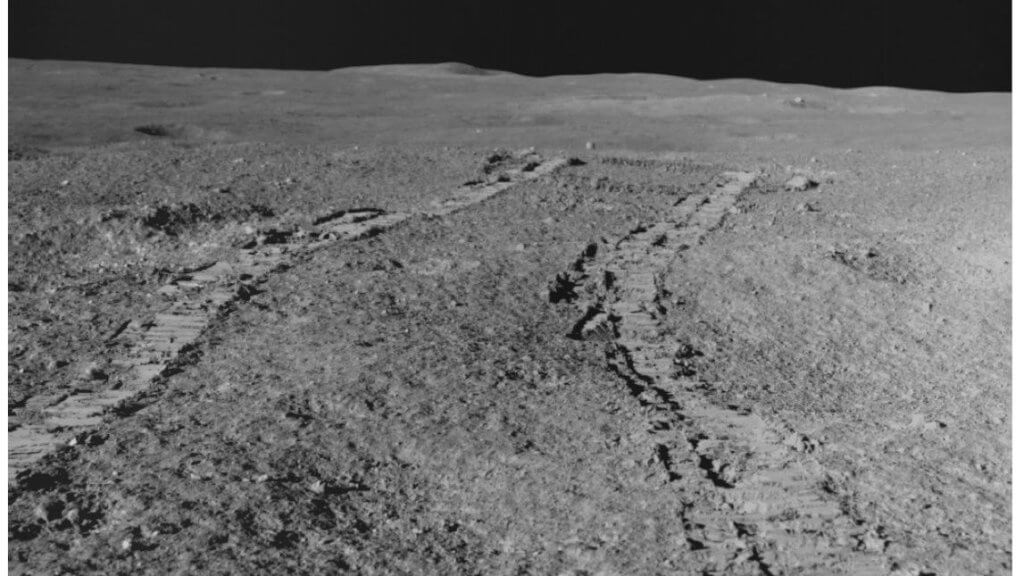India’s Chandrayaan-3 Vikram lander became the first craft to ever touch down at the lunar south pole on Aug. 23 — and the probe has wasted very little time scientifically exploring an environment that no mission from any country has ever visited.
Now, one instrument aboard the Chandrayaan-3 mission’s moon rover Pragyan has found surprising traces of sulfur within the lunar south pole’s soil.
Called Laser-Induced Breakdown Spectroscopy (LIBS) and created by the Laboratory for Electro-Optics Systems in Bangalore, that instrument probes the lunar surface by quite literally obliterating it. To observe a substance, LIBS fires laser pulses at a sample, which then vaporizes the substance into a brief plasma. The instrument picks up light emitted from that plasma and analyzes the wavelengths to discern what elements lie within.
Related: How did India’s Chandrayaan-3 moon mission get its names?
When LIBS turned its laser onto the lunar south pole’s soil, the instrument found the expected mélange of aluminum, calcium, chromium, iron, manganese, oxygen, titanium and silicon — but with an added dash of sulfur. Orbiting probes crossing over the moon’s south pole had never previously detected sulfur, nor did they have the feasibility to do so, according to a statement by the Indian Space Research Organization (ISRO).
Chandrayaan-3 is leading the way for future missions, such as Artemis 3, to land at the lunar south pole. This region on the moon is an attractive place for humans to build a lasting presence due to the fact that water ice is located underfoot. Future moon-dwellers can potentially tap into that water for consumption, or even to create rocket propellant, instead of depending on water shipped from Earth.
Having a more complete chemical composition of the lunar south pole area means future travelers to — and possible inhabitants of — the region can also plan for what else they don’t need to bring from Earth. In particular, some scientists have suggested moon-dwellers could use sulfur in bits of infrastructure such as building materials, solar cells and batteries.
During the brief few days that Vikram and Pragyan have been on the moon, the mission has kept both the machines and their operators busy. For instance, over the weekend, the mission took the first-ever temperature measurements of the lunar south pole region’s soil.
As for LIBS itself, ISRO says scientists are now using the instrument to search for another key element: Hydrogen.

